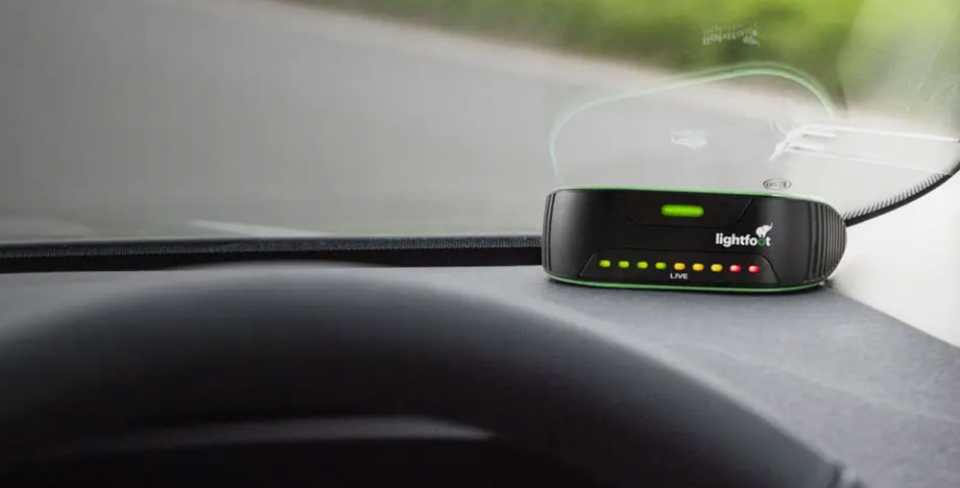Coaching tech improves electric company car efficiency by 35%

Lightfoot has analysed hundreds of cars in its system and found that the real-life efficiency of electric company cars has improved by 35% in the past year, due to Lightfoot's driver coaching and telematics system.
The analysis showed that average efficiency climbed from 2.75 miles per kWh in July 2022 to 3.72 miles per kWh in June 2023.
“These figures show the incredible strides the fleet sector is making in the adoption of electric vehicles,” said Lightfoot managing director Paul Hollick. “What our data clearly shows is that businesses and their drivers are combining our system with the new electric vehicle technology available and hugely improving efficiency and range.”
As an example, a driver operating a car with a 60 kWh battery at 2.75 miles per kWh in 2022 could expect a real world range of 165 miles. By the middle of 2023, a car with a similarly sized battery would have a real-life range of 223 miles – going nearly 60 miles further on every charge.
Drivers in the data all have the Lightfoot driver management system installed, which provides them with feedback about their driving style in order to improve efficiency, and therefore range.
“Over many years, the Lightfoot system has been proven to reduce fuel consumption in petrol and diesel vehicles, but this data shows it is having a transformational effect on electric vehicles too,” Hollick added.
“There’s a virtuous circle going on here: drivers are getting better at driving EVs, especially when using Lightfoot, while EVs are getting inherently more efficient too. Better energy management technology, more efficient batteries and less power-hungry ancillary systems are combining to make electric cars more viable for more people, and more fleets.”
It’s not just range where this huge increase in efficiency has an impact. Assuming that a 60 kWh battery car was charged at 30p per kWh in 2022, it would cost 11p per mile to run, while in 2023 it would cost 8p per mile.
Over 20,000 miles a year, the 2023 car costs an incredible £580 less in electricity (£2,180 in 2022 against £1,600 in 2023) when fitted with Lightfoot technology. The savings would be even greater still if applied in more expensive public charging scenarios.
“Even with electricity prices high over the recent past, electric cars have always tended to be cheaper to run than petrol or diesel, unless they were charged at the most expensive public chargers. But our data now shows that with this marked improvement in efficiency, the case for changing to electric is becoming even more compelling,” Hollick said.
Lightfoot telematics data showed the impact of external factors too, with the only real slowdown of steady improvement in EV efficiency coming in high summer.
At the end of July and early August 2022, as a record-breaking heatwave hit, efficiency dropped from 3.0 miles per kWh to 2.4 – a 20% drop - as the effect of heavy air-conditioning use far outweighed the advantages of warm weather on battery efficiency.
“The noticeable hit to efficiency during last year’s heatwave shows that in fact air conditioning has a bigger impact on EV range than colder weather during the winter months,” said Hollick.
“We had a mild winter last year, but even so, at its worst we only saw average fleet efficiency for electric cars drop to an overall figure of 2.8 miles per kWh. This data goes to show that fleets need to be aware of these external factors in their efficiency and cost predictions, and that as we learn more about how EVs operate in the real world, it’s not always the most obvious assumptions that prove to have the most effect. But this data shows for certain: Lightfoot’s driver coaching and telematics makes EVs cheaper to run, and go further.”



